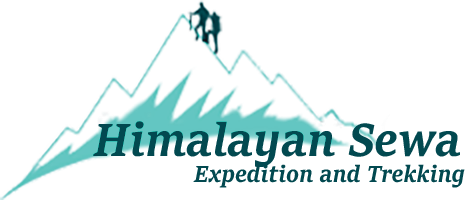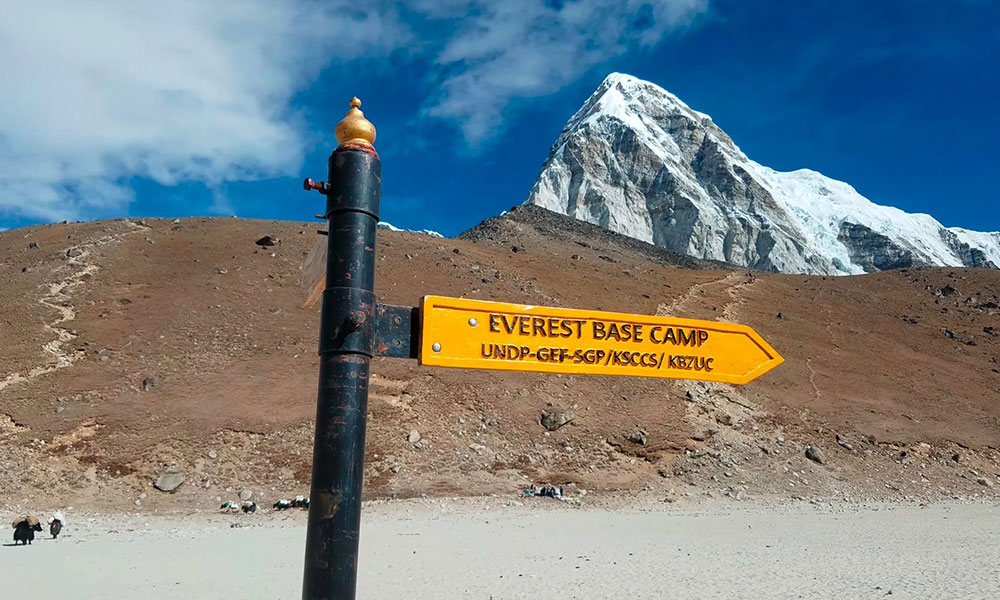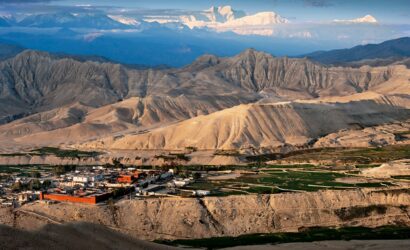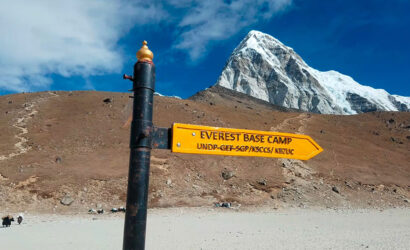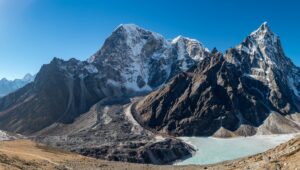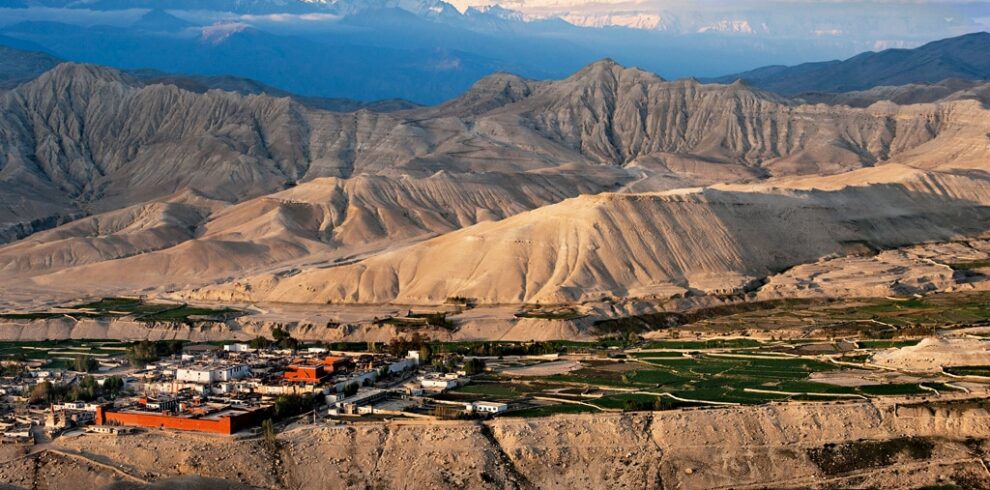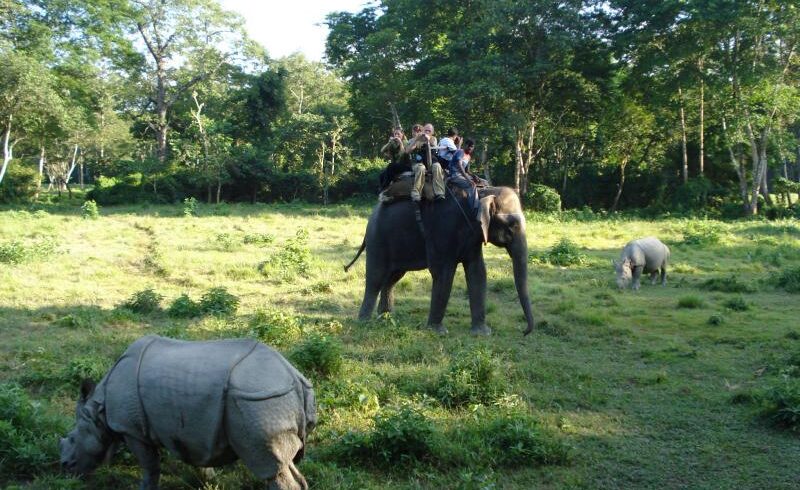Everest Base Camp Trek: A Journey to the Roof of the World
Embark on an adventure of a lifetime with the Everest Base Camp Trek, a trekking experience that takes you into the heart of the world’s tallest mountain, Mount Everest. This iconic trek offers breathtaking landscapes, rich cultural encounters, and a sense of accomplishment as you stand at the foot of Everest, the pinnacle of the world.
Key Highlights:
- Panoramic Mountain Views:
- Witness awe-inspiring views of Everest, Lhotse, Nuptse, Ama Dablam, and other towering peaks.
- Enjoy sunrise and sunset vistas from strategic viewpoints like Kala Patthar.
- Trek Through Sagarmatha National Park:
- Trek through the UNESCO-listed Sagarmatha National Park, home to diverse flora and fauna.
- Encounter the unique Sherpa culture and visit traditional villages along the trail.
- Namche Bazaar and Tengboche Monastery:
- Explore Namche Bazaar, the bustling Sherpa capital in the heart of the Khumbu region.
- Visit the famous Tengboche Monastery, a spiritual center with stunning views of Everest.
- Everest Base Camp and Kala Patthar:
- Reach Everest Base Camp, the starting point for climbers attempting to summit Mount Everest.
- Hike to Kala Patthar for an unparalleled panoramic view of the Everest massif.
- Sherpa Culture and Hospitality:
- Immerse yourself in Sherpa hospitality, staying in teahouses and experiencing local cuisine.
- Visit monasteries, prayer flags, and chortens, gaining insights into the Sherpa way of life.
Practical Information:
- Best Time to Trek: Spring (March to May) and Autumn (September to November) offer the best weather and clear mountain views.
- Permits: Acquire the Sagarmatha National Park Permit and TIMS card.
Prepare for an unforgettable journey as you trek through the majestic Everest region, immersing yourself in the unparalleled beauty of the Himalayas and the rich Sherpa culture along the way. The Everest Base Camp Trek is an experience that will leave you with lasting memories of one of the world’s most iconic destinations.
Overview
Travel is the movement of people between relatively distant geographical locations, and can involve travel by foot, bicycle, automobile, train, boat, bus, airplane, or other means, with or without luggage, and can be one way or round trip. Travel can also include relatively short stays between successive movements.
The origin of the word “travel” is most likely lost to history. The term “travel” may originate from the Old French word travail, which means ‘work’. According to the Merriam Webster dictionary, the first known use of the word travel was in the 14th century.
It also states that the word comes from Middle English travailen, travelen (which means to torment, labor, strive, journey) and earlier from Old French travailler (which means to work strenuously, toil). In English we still occasionally use the words “travail”, which means struggle. According to Simon Winchester in his book The Best Travelers’ Tales (2004), the words “travel” and “travail” both share an even more ancient root: a Roman instrument of torture called the tripalium (in Latin it means “three stakes”, as in to impale).
